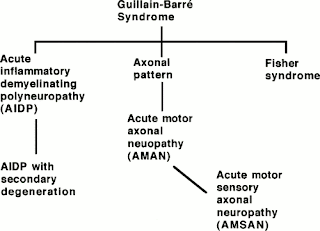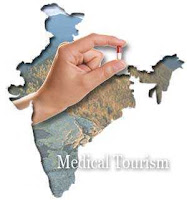East Meets West
Deana Lancaster, North Shore News
Published: Sunday, September 27, 2009
They said it wouldn't last.
They were wrong: yoga is hotter than ever (literally and figuratively), alternative therapies like acupuncturist services and naturopathy are covered by some medical plans, and therapies from the East are even becoming popular as spa and beauty treatments. This acceptance is leading the way into a deeper understanding of Eastern philosophy and wellness.
The newest trend is actually one of the oldest: Ayurveda, the science of life.
"It's a 5,000-year-old system of medicine from India," says Linda Tang. She is the owner and creative force behind Lower Mainland-based Dream Designs, which specializes in eco-friendly bedding and clothing. She recently opened The Chakra Lounge above the West Vancouver location of Dream Designs, where customers can learn about Ayurveda, and how to apply its principles for their own health.
"It's based on the understanding of how energy flows in the human body. You can use it to heal pain; not just physical pain, but emotional pain too."
And yet, explains Surrey-based Ayurvedic practitioner Mandeep Singh, at its heart, the system is not meant to treat symptoms of illness, but to prevent them in the first place. The treatments, which include diet recommendations, herbal formulas, breathing exercises and yoga, are designed to strengthen the body and the immune system. Published studies have documented reductions in cardiovascular disease risk factors -- including blood pressure, cholesterol, and reaction to stress -- in individuals who practice Ayurvedic methods.
Developed through centuries of observations, experiments, discussions and meditations, Ayurveda is based on the view that the "great elements" that comprise nature -- earth, water, fire, air and ether -- are also seen in human beings. Health is achieved when the elements are in balance.
But it's not a one-size-fits-all remedy, says Singh, who also offers consultations and treatments at The Chakra Lounge.
Each of us is unique, with our own composition of these elements, plus we have a unique set of constantly changing life circumstances; all of which must be considered in determining natural healing approaches and recommendations for daily living. And because we each have a unique constitution, our health prescription must also be unique: diet, exercise, daily supplements and energy point massage treatments are all determined by our own constitution.
Tang said she became interested in the philosophies and treatments after having a baby. During the pregnancy she experienced back pain, pain in her hands and changes in her skin.
"And then I had a newborn, I was getting little sleep and still running a company. I was tired, fatigued all the time.
"I could go to my Western doctor, but what could they do for me? Nothing, really."
She began to look at alternative styles of medicine, and in researching Ayurveda realized that she was going through a period of imbalance. The steps she has since taken -- yoga, massage, herbs and breathing exercises -- have not only helped her to feel better, but "it's helping me to understand things better. It's a way of looking at the world."
Dream Designs' Chakra Lounge is located at 1502 Marine Dr., West Vancouver. Call 604-922-8325 or visit dreamdesigns.ca for information.
Source: North Shore News























